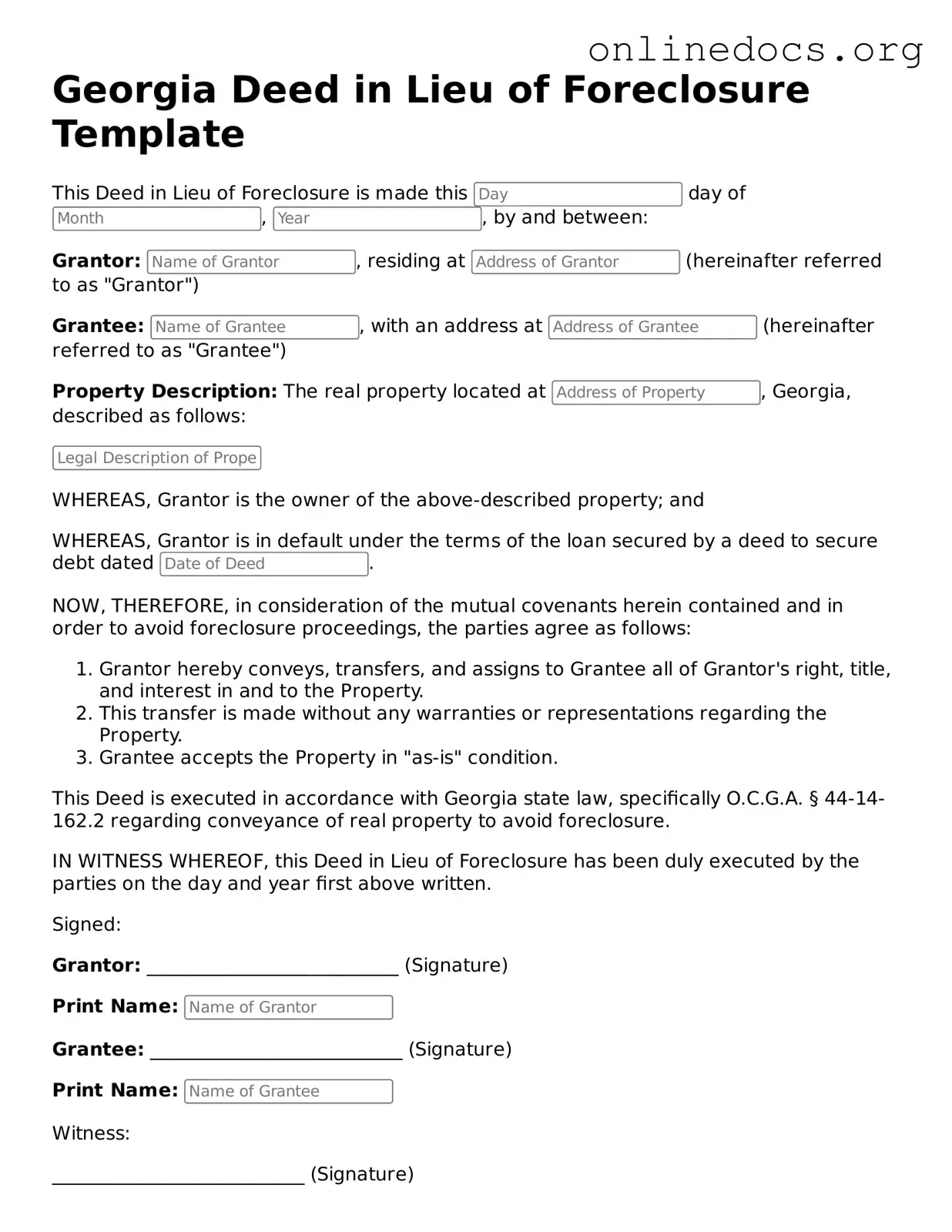A mortgage release, also known as a mortgage satisfaction, is a document that signifies the borrower has fulfilled their obligation to repay a mortgage loan. Similar to a deed in lieu of foreclosure, it officially transfers the property back to the lender. The key difference lies in the circumstances; a mortgage release occurs when the loan is paid in full, while a deed in lieu of foreclosure is executed when the borrower is unable to continue payments and seeks to avoid foreclosure proceedings.
A short sale agreement allows a homeowner to sell their property for less than the amount owed on the mortgage, with the lender's approval. Like a deed in lieu of foreclosure, this option is often pursued to avoid the lengthy and costly foreclosure process. Both documents require lender consent and can help mitigate the negative impact on the homeowner's credit score, although a short sale may still reflect as a negative event on the credit report.
A foreclosure is the legal process through which a lender takes possession of a property when the borrower defaults on their loan. While a deed in lieu of foreclosure serves as a voluntary alternative to this process, both result in the transfer of property ownership. The primary distinction is that a deed in lieu is initiated by the borrower to avoid the more adversarial nature of foreclosure, which can involve court proceedings and additional fees.
For those interested in navigating the complexities of motorcycle ownership, it is important to ensure all documentation is accurately completed and legally binding. The view the document necessary for purchasing or selling a motorcycle in Arizona is essential in preventing future disputes and ensuring a smooth transfer of ownership.
A loan modification agreement is a document that alters the terms of an existing mortgage to make payments more manageable for the borrower. Similar to a deed in lieu of foreclosure, this option is often pursued by borrowers facing financial difficulties. However, while a deed in lieu results in the transfer of property to the lender, a loan modification allows the borrower to retain ownership of the home, albeit under new terms.
A quitclaim deed is a legal instrument that allows a property owner to transfer their interest in a property to another party without any warranties or guarantees. This document is similar to a deed in lieu of foreclosure in that it facilitates the transfer of ownership. However, a quitclaim deed does not necessarily involve a default on a mortgage; it can be used in various situations, such as transferring property between family members or during divorce settlements.
A bankruptcy filing can also be compared to a deed in lieu of foreclosure, as both are often pursued by individuals facing insurmountable debt. In bankruptcy, the court may discharge certain debts, which can include mortgage obligations. A deed in lieu, on the other hand, is a proactive step taken by the borrower to relinquish property ownership and avoid foreclosure. While bankruptcy can lead to the loss of the home, it also provides a legal framework for debt relief.
An assumption of mortgage is a transaction where a buyer takes over the seller's mortgage payments, effectively assuming responsibility for the loan. This process bears similarities to a deed in lieu of foreclosure, as both involve the transfer of mortgage obligations. However, in an assumption of mortgage, the original borrower may still retain some responsibility for the loan, depending on the terms agreed upon with the lender, whereas a deed in lieu results in the borrower relinquishing all claims to the property.
